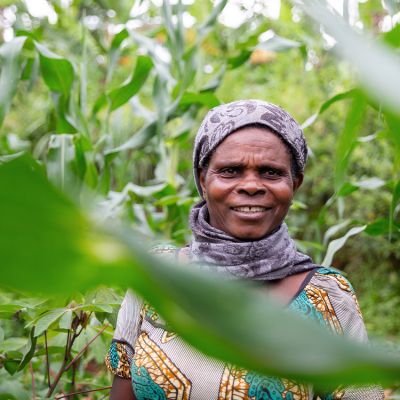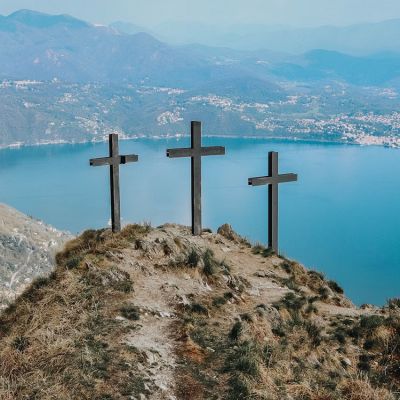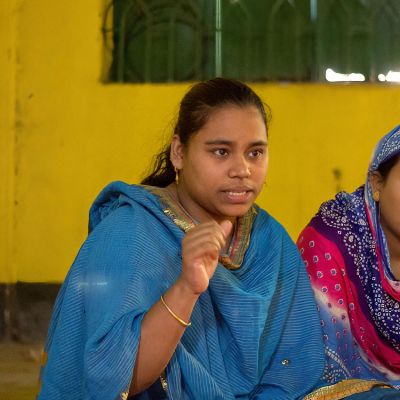Written by Clara Chiu (Head of Partnership Development)
In the Bible, the Hebrew word for ‘Peace’ is ‘Shalom’, which means completeness and wholeness. It refers not merely to the absence of conflict but to a more positive and flourishing state of being. The website Christian Learning describes ‘Shalom’ as a perfect brick wall, with no gaps or missing bricks.
Christ came into the world to mend the brokenness of humanity, the flaws in systems, and the rifts between God and humankind, as well as among people themselves, restoring the fullness and beauty of God’s creation. At CEDAR, our humanitarian relief and community development efforts follow in the footsteps of Christ: We go beyond meeting physical needs, working alongside partners to heal brokenness and support communities in pursuing reconciliation with God, with one another, with creation, and with themselves. Ultimately, we strive for a state of ‘Shalom’. It is this conviction that drives our efforts in peacebuilding.
According to the Christian organisation Peace Catalyst International, peacebuilding in communities can be categorised into four areas:
- Community Aid – focusing on urgent and emergency responses that prevent further deterioration, though not necessarily addressing root causes;
- Community Development – enhancing the economic capacity of community members through capacity building and resource provision;
- Community Building – fostering relationships that bridge differences, heal broken ties, and create collective stories and visions;
- Community Activism – leveraging collective power to influence decisions by governments, institutions, and corporations.
CEDAR’s ministry covers all four areas. One example is our ‘Gender Equality and Child Rights Promotion’ project in Dhaka, Bangladesh. The project aims to reduce gender-based violence in slum communities by empowering women and strengthening community support systems. At the project’s core is support for ‘People’s Institutions’, which takes on the role of local leaders in designing, establishing, and managing community training centres. The centre offers vocational training to young people, including tailoring and air-conditioning servicing. Education on gender roles and children’s rights is also provided to youths and peer mentors, reflecting ‘Community Development’. In addition, ‘People’s Institutions’ serves as a bridge between residents and government officials, holding regular meetings on various community issues and conveying public opinions, illustrating ‘Community Activism’. The project also provides aid, such as mobility canes and braille materials, for children with disabilities, demonstrating ‘Community Aid’. Even when slum clearances displace residents, ‘People’s Institutions’ continues to encourage participation in group meetings and forums, helping maintain community bonds and a sense of belonging, contributing to ‘Community Building’.
We have learnt from our partner that women beneficiaries in Bangladesh now support one another, proactively reporting domestic abuse and helping victims. Children have also come to understand their right to education and encourage their peers to seek help from our partner when forced to drop out of school. Community members are actively rebuilding their neighbourhoods, working to mend brokenness in an imperfect world, moving step by step towards ‘Shalom’. We believe that the ‘perfect brick wall’ is not just a vision — it is within reach.
ARTICLES OF THIS ISSUE
Written by Tony Chan (Senior Communications Officer) ‘He was an animal!’ said Faine, a survivor of the gen…
Written by Dr. John Wai-On Chan (Associate Professor of Theology, Alliance Bible Seminary) Scriptures reading: Ephesia…
Written by Clara Chiu (Head of Partnership Development) In the Bible, the Hebrew word for ‘Peace’ is ̵…





